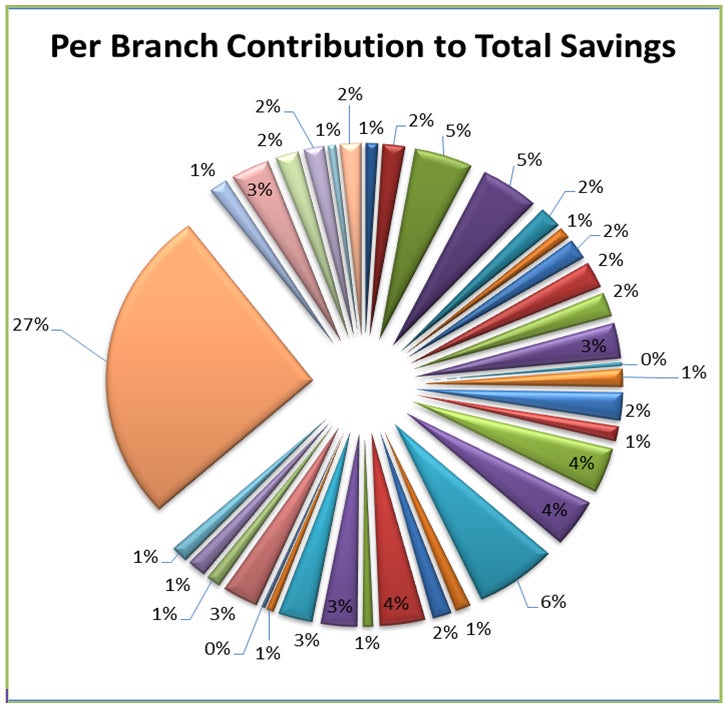A Roadmap for MFIs to Analyze Volatility of Savings Portfolios
In the past five years, the microfinance community has encouraged microfinance institutions (MFIs) to broaden the scope of product offerings for their clients beyond microcredit, especially by offering savings products. However, in the microfinance sector, quantitative analysis of depositor behavior and aggregate savings balances is still nascent. Instead of using a savings volatility analysis to determine potential withdrawals, MFIs often estimate the amount of savings that should be held in cash or liquid assets, or they simply follow guidelines from regulators, funders or global networks. There is also not yet a good understanding of whether small balance deposits (those favored by typical MFI clients) are stable funding sources, largely because this volatility analysis has not be done.
As part of a Grameen Foundation savings project at CARD Bank in the Philippines, I shared my risk management experience with CARD Bank so they could better understand current savings products for liquidity risk management purposes, refine and enhance their asset liability reporting and ALCO process based on that understanding, and provide inputs and support to the product development team, especially as they looked at the costs of providing savings products.

Performing a savings analysis and using the results to make better decisions about liquidity risk management, product pricing, product development and costing are important steps in the evolution of MFIs from credit-only institutions to efficient and sustainable institutions that provide a wide variety of financial products and services to their clients.
For MFIs to implement a “bank-like” savings volatility analysis they must:
• Collect data in a format that is easy to analyze
• Analyze the data (banks do sophisticated statistical analyses, while MFIs can still benefit from basic mathematical analyses of historical data)
• Integrate the results of the data into existing liquidity risk management reports and tools and/or create new reports and tools as necessary
• Work with the ALCO and the bank’s Board of Directors to make decisions and recommendations based on the results
This can be a relatively easy process, which can provide import insights. A few reasons why these are so important:
- Regulatory Reserves vs. Internal Reserves: MFIs should establish internal reserves to meet potential daily withdrawals, and invest the remaining savings balances in their loan portfolio. Internal reserves are held in addition to regulatory reserves that are mandated by and held at the central bank.
- Product Pricing/Transfer Pricing: To help determine the costs of funds of savings. This helps MFIs understand what interest rate to pay to depositors to provide savings products sustainably. Core deposits represent stable long term funding sources which replace other liabilities, so they have an impact on overall funding costs.
- Product Development: To help balance their clients’ need for certain types of savings products with the MFI’s liquidity and cost constraints.
It is important that all MFIs that are currently offering or planning to offer deposit products should integrate a savings volatility analysis into their asset liability management and strategic decision making. This will demonstrate to clients and regulators that they have appropriate risk management policies, procedures and reports in place to safeguard deposits. It’s a relatively simple process, and well worth the effort.
For more information on this topic, refer to this case study here. We welcome your feedback, questions, and comments.
-------The author is an advisor on microfinance and financial risk management to ACCION, ATTF/ADA, Banyan Global, CGAP, Citi's Global Microfinance Group, EFSE, EBRD, Grameen Foundation, the IFC, MEDA, Mercy Corps, SEEP and Women's World Banking.




Add new comment